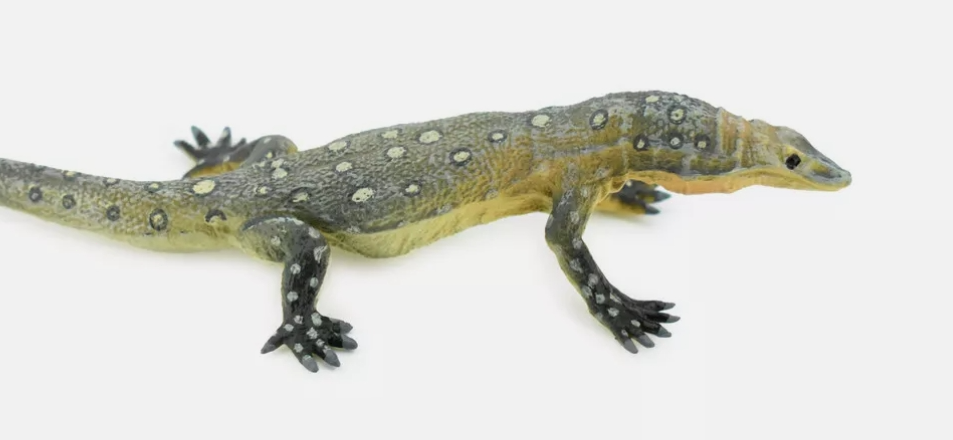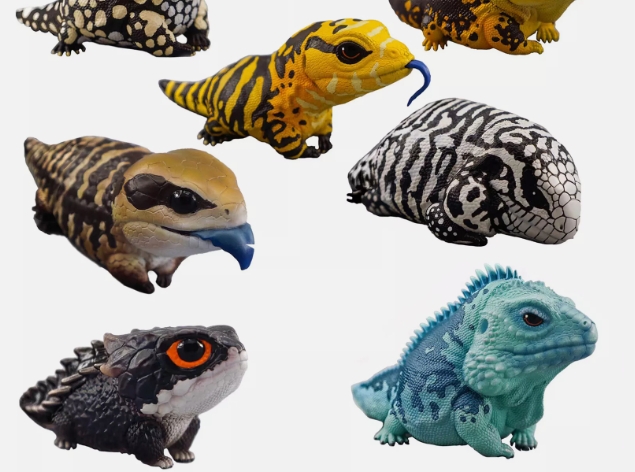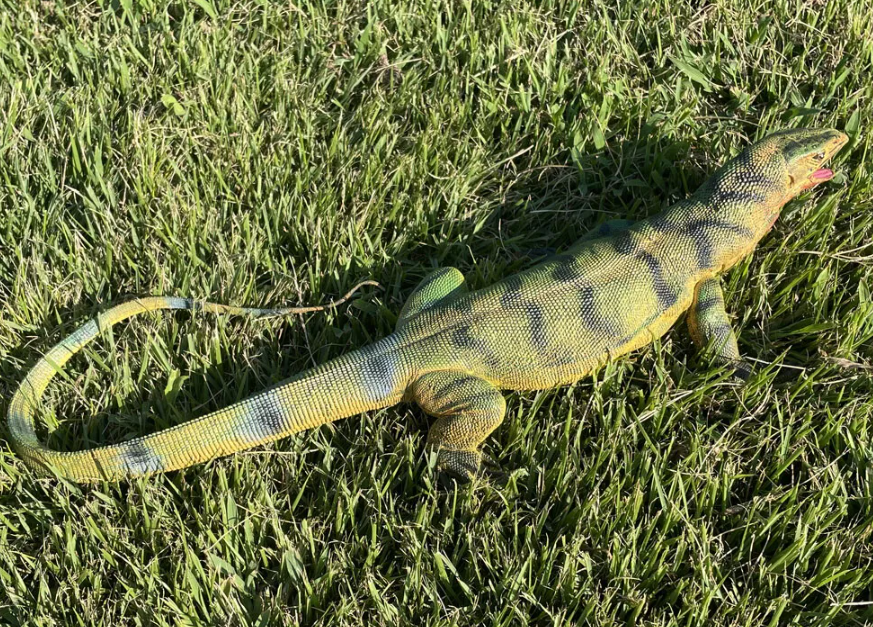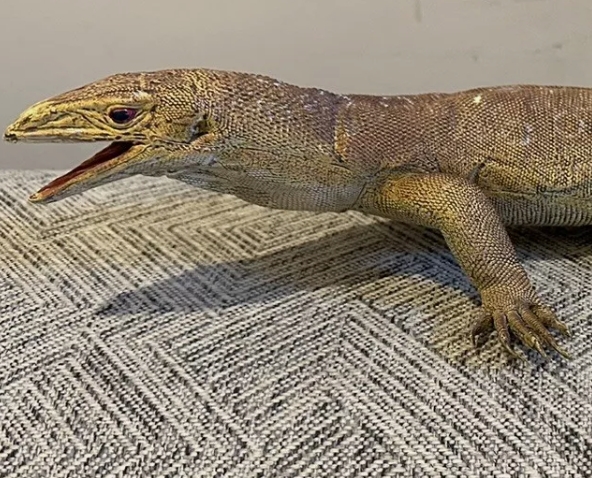Monitor lizards, as one of the largest reptiles on earth, have unique ecological characteristics and behavioral habits. The study of monitor lizard models aims to simulate their biological characteristics, behavioral patterns and interactions with the environment, so as to provide scientists with deeper understanding and protection measures.
First, the monitor lizard model focuses on the habitat selection, foraging behavior and reproductive habits of the monitor lizard. By analyzing their needs for food resources and habitat preferences, researchers were able to predict their ability to survive in different environmental conditions. This is of great significance for the evaluation of habitat quality and the design of protected areas.
Second, monitor lizard models can also be used to assess the impact of climate change and human activities on their survival. For example, by simulating rising temperatures or habitat loss, scientists can reveal potential threats to monitor lizard population dynamics, which could inform conservation efforts.
Finally, the study of monitor lizard models is not limited to theoretical discussion, it also provides a practical tool for ecological conservation practice to help conservators effectively manage the wild monitor lizard and its habitat to ensure the sustainable survival of this unique species. With scientific guidance and public engagement, we can work together to protect monitor lizards and their rich ecology.




